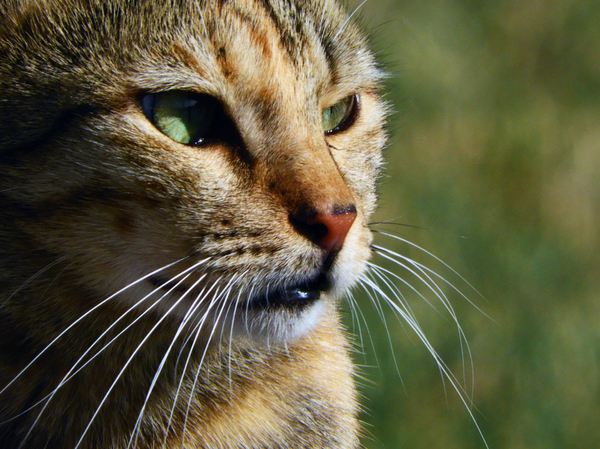The Impact of Cat Litter on Indoor Air Quality
The Impact of Cat Litter on Indoor Air Quality
Blog Article

Cat litter and litter boxes play a critical function in the lives of both cats and their owners. From the simple starts of sand and soil to the ingenious developments these days, the world of cat litter has actually progressed significantly. In this detailed guide, we explore every aspect of cat litter and litter boxes, exploring their history, types, benefits, obstacles, and whatever in between.
The history of cat litter go back centuries, with ancient civilizations using sand, soil, and even ashes as primitive litter materials. Nevertheless, it wasn't till the mid-20th century that contemporary cat litter as we know it emerged. In 1947, Edward copyright introduced the world's very first commercial cat litter made from absorbent clay, transforming the way cats relieved themselves inside your home. Ever since, cat litter has actually gone through many improvements, with the intro of clumping litter, silica gel litter, eco-friendly options, and more.
Today, feline owners are ruined for option when it pertains to picking the ideal litter for their feline buddies. Standard clay litter stays popular for its cost and effectiveness in taking in odors. Clumping litter, which forms solid clumps when wet, streamlines cleansing and upkeep. Silica gel litter, made up of highly absorbent silica crystals, offers superior odor control and durability. Eco-friendly alternatives, such as recycled paper, wood pellets, corn, and wheat, interest environmentally conscious consumers.
Each kind of cat litter uses distinct benefits. Clay litter masters its ability to soak up wetness and control odors, making it a trustworthy option for numerous cat owners. Clumping litter streamlines everyday scooping and extends the time between total litter changes. cat litter tray Silica gel litter supplies remarkable smell control and can last longer between replacements. Biodegradable litters use a sustainable alternative that minimizes ecological impact.
While cat litter enhances indoor feline health, it is not without its difficulties. Dust from clay litter can posture respiratory risks for both felines and humans, triggering the popularity of dust-free options. Some cats might develop litter box hostility due to problems with texture, scent, or tidiness, requiring experimentation with various litters and box configurations. Multi-cat families might require tactical litter box placement and regular maintenance cat litter to avoid territorial disputes and make sure all cats have access to tidy facilities.
Picking the appropriate litter box is necessary for promoting positive litter box routines and general feline wellness. Elements to think about include size, availability, and design choices. Covered litter boxes provide personal privacy and help include smells, but some felines may discover them restricting or daunting. Open-top litter boxes use easy access and exposure however may lead to more litter scatter. Automatic self-cleaning litter boxes improve upkeep but need regular monitoring and maintenance.
Appropriate litter box upkeep is vital for guaranteeing a tidy and inviting environment for both felines and their owners. Daily scooping removes waste immediately, minimizing odor and preventing litter box aversion. Regular litter replacement, Litter Box Mats normally every 1-2 weeks, prevents bacterial buildup and keeps optimal absorbency. Comprehensive cleaning with moderate detergent and water, avoiding severe chemicals that might deter cats from using package, should be performed monthly.
Cat litter and litter boxes play a central role in cultivating a healthy and unified relationship between felines and their human buddies. With a varied array of litter choices and litter box styles readily available, cat owners have the flexibility to tailor their choices to match their felines' preferences and household needs. By comprehending the advancement, types, advantages, and challenges of cat litter and litter boxes, animal owners can supply their feline friends with a comfortable and hygienic indoor environment.